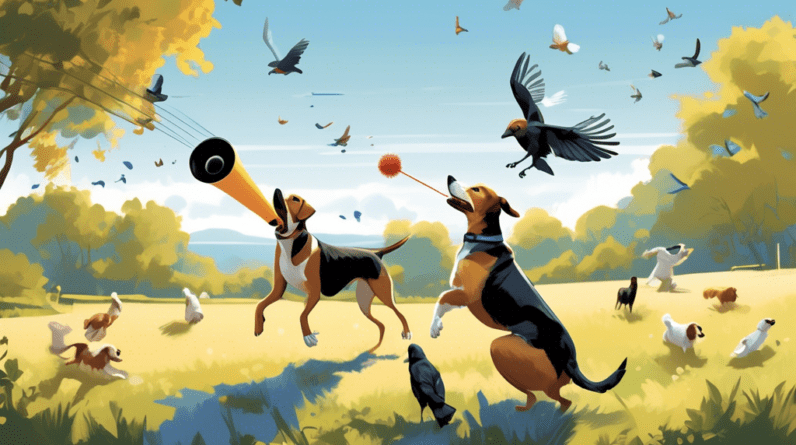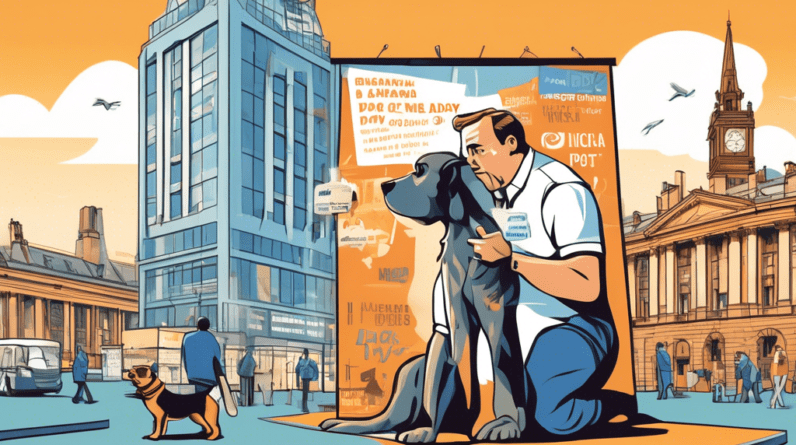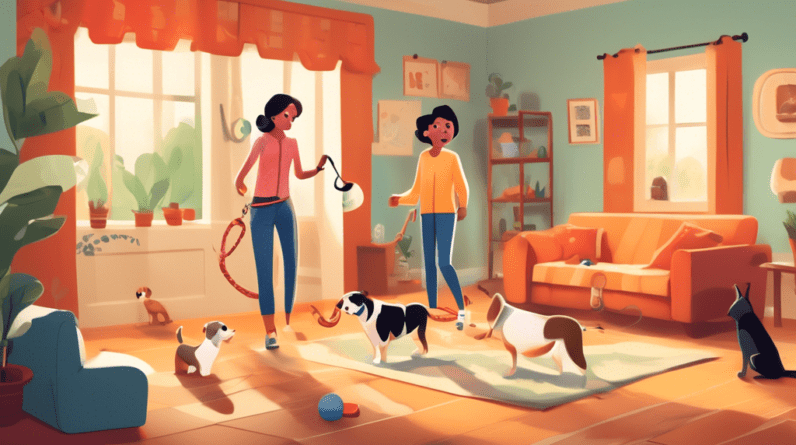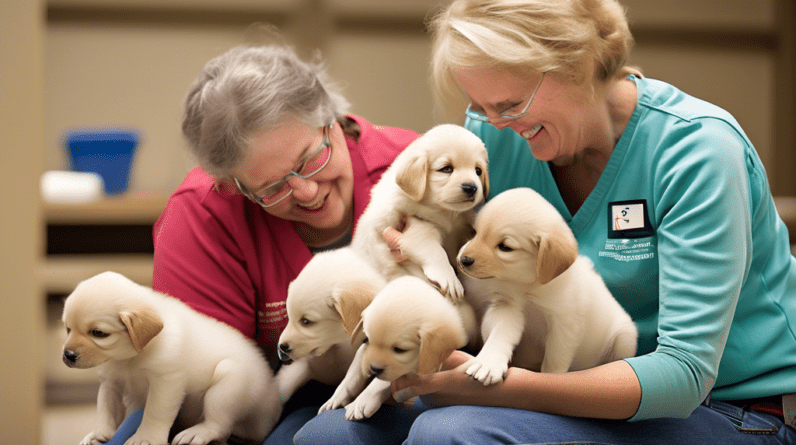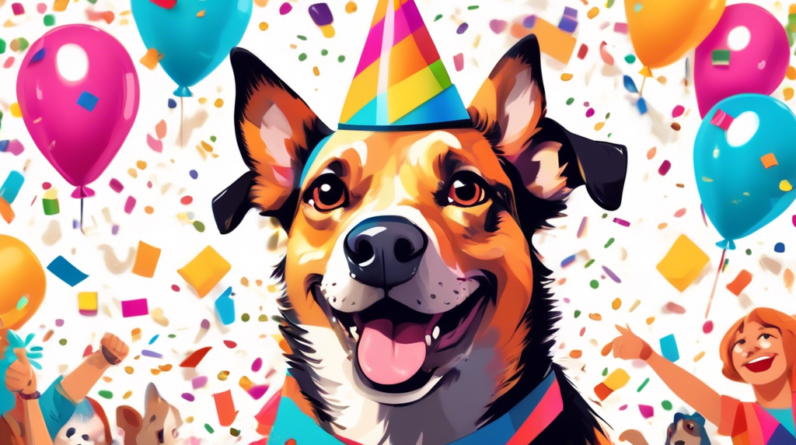
Counterintuitive Secret to a Better Behaved Dog Revealed by Trainer (Really Works!)
Tired of Feeling Like You’re Stuck in a Dog Training Rut?
Are you at your wit’s end with your furry friend? Do you dream of peaceful walks without the pulling, embarrassing lunges at other dogs, or constant barking? You’re not alone! Many dog owners struggle with these common behavioral issues, often feeling frustrated and defeated. But here’s the good news: there’s a powerful, yet often overlooked, secret to unlocking your dog’s best behavior. And the best part? It’s probably not what you think!
The Surprising Key: It’s Not All About Obedience
We’ve all been conditioned to believe that training a well-behaved dog is all about drilling obedience commands: sit, stay, heel. While these commands have their place, focusing solely on strict obedience can actually be counterproductive. It creates a dynamic where the dog is constantly under pressure to perform, often leading to stress and anxiety. This can actually worsen unwanted behaviors in the long run.
So, what’s the secret? It’s surprisingly simple:
Building a Strong, Positive Relationship
That’s right! The foundation of a well-behaved dog isn’t just about commands, it’s about cultivating a deep bond of trust, understanding, and mutual respect. When your dog sees you as a source of safety, guidance, and fun, they’re far more likely to want to please you and naturally exhibit good behavior.
Here’s How to Put It Into Practice:
1. Focus on Positive Reinforcement:
Ditch the punishment-based methods! Dogs respond far better to positive reinforcement. Instead of scolding bad behavior, reward the good stuff! When your dog exhibits a desirable action (even something small like sitting calmly), immediately reward them with:
- High-value treats (think small bits of cooked chicken, cheese, or hot dogs)
- Enthusiastic praise (Yes! Good dog!)
- A fun game of tug-of-war or fetch
By consistently associating good behavior with positive experiences, you’ll be amazed at how quickly your dog starts choosing those behaviors on their own!
2. Make Training Fun and Engaging:
Ditch the monotonous drills! Training sessions should be a highlight of your dog’s day, not a chore. Keep sessions short, upbeat, and engaging. Use plenty of toys, treats, and games to keep your dog motivated and interested.
Think outside the box:
- Teach tricks that build confidence and coordination (like shake, spin, or even fun agility obstacles).
- Incorporate training into everyday activities (like having your dog sit before you put their food bowl down).
- Explore different training styles like clicker training, which many dogs find highly rewarding.
3. Prioritize Enrichment and Mental Stimulation:
A bored dog is often a naughty dog. Dogs need mental and physical stimulation to thrive. Provide plenty of enrichment opportunities throughout the day, such as:
- Interactive puzzle toys to challenge their minds
- Daily walks and playtime to burn off energy
- Chew toys to satisfy their natural chewing instincts
- Opportunities for sniffing and exploring on walks
A well-exercised and mentally stimulated dog is more likely to be relaxed, happy, and less prone to acting out.
4. Master the Art of Calm Leadership:
Dogs are pack animals and instinctively crave a leader. By projecting an air of calm assertiveness, you can establish yourself as a trustworthy guide. This isn’t about being dominant or using force. It’s about:
- Being consistent with your rules and boundaries
- Using clear body language and a firm (but kind) voice
- Remaining calm and patient, even when your dog is testing limits
When your dog trusts you to make decisions and navigate their world, they’ll naturally follow your lead.
5. Seek Professional Guidance:
If you’re struggling with specific behavioral issues, don’t hesitate to consult with a certified professional dog trainer. A good trainer can help you understand your dog’s individual needs and develop a customized training plan. Look for trainers who use positive reinforcement methods and prioritize building a strong bond between you and your dog.
The Rewards Are Worth It
Shifting your focus from strict obedience to relationship-building may feel counterintuitive at first, but the results speak for themselves. This approach leads to a happier, more relaxed, and well-behaved dog — and a deeper, more rewarding bond between you and your furry best friend.
Remember, training takes time, patience, and consistency. But by focusing on building a loving and trusting relationship with your dog, you can unlock their true potential and enjoy a lifetime of joyful companionship.


